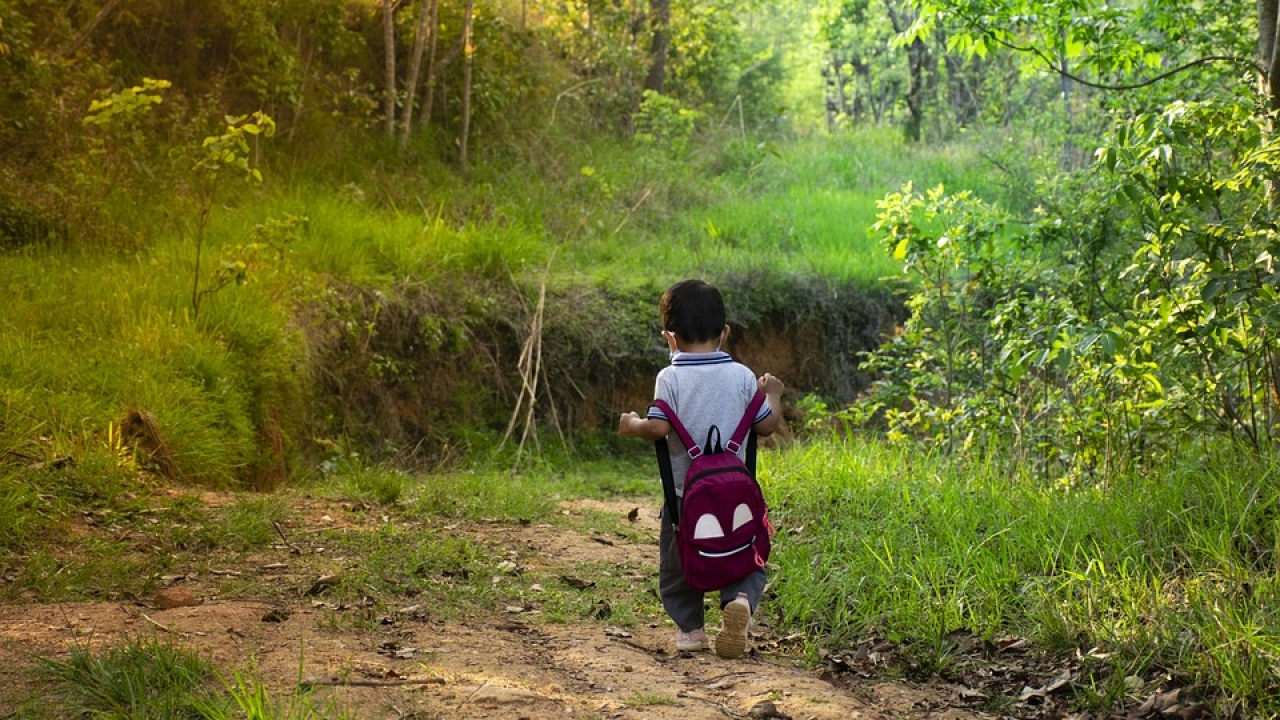New blog posts
Warum GoodWe in Leipzig die Vorreiterrolle für erneuerbare Energien einnimmt
14 September, 2024 by Evionyx Solar
Die Zukunft der Energiegewinnung ist grün,...

Find Old Tractors at Affordable Rates to Enhance Your Farm’s Productivity
13 September, 2024 by tractor factory
Are you a farmer looking to boost your...

Find Old Tractors at Affordable Rates to Enhance Your Farm’s Productivity
13 September, 2024 by tractor factory
Are you a farmer looking to boost your...
Web Directory
Comparing Different Materials Used in Boys Backpack
Posted on 27 August, 2024 by Mapple Leaf

The material of the perfect boys backpack plays a crucial role in selecting it. The material affects everything from durability and comfort to water resistance and weight. Understanding the pros and cons of different materials can help you make an informed decision, ensuring that the backpack meets both your child's needs and your expectations.
Sturdy Polyester: The Popular Choice
Polyester has become a widely favoured material in the production of boys backpack, thanks to its blend of durability, affordability, and versatility. This synthetic fabric is known for its resistance to fading and stretching, making it a reliable choice for everyday use. Additionally, polyester backpacks often come with a water-resistant coating, offering protection against light rain and spills.
Strengths: Polyester's biggest advantage is its durability. Boys backpack made from polyester are less likely to tear, even when subjected to the rough and tumble of school life. Polyester also tends to retain its colour well, ensuring the backpack looks new for longer. Moreover, it’s easy to clean, making it a practical choice for parents.
Limitations: Polyester isn’t without its downsides. While it resists water to some extent, it’s not entirely waterproof, meaning it may not provide full protection in heavy rain. The material can also feel less breathable, which might make the backpack uncomfortable during warmer months.
Tough Nylon: The Strong Contender
Nylon is another top contender when it comes to boys backpack. Renowned for its strength and flexibility, nylon is a lightweight material that offers excellent durability. Due to its superior resistance to wear and tear, nylon is often used in high-end backpacks and outdoor gear.
Strengths: Nylon’s resilience is one of its greatest attributes. A boys backpack made from nylon can withstand heavy loads and harsh conditions without showing signs of wear. Additionally, nylon is naturally water-resistant and can be treated to enhance this property, making it a solid choice for wet environments.
Limitations: Despite its strength, nylon can be more prone to abrasions compared to polyester, especially when exposed to rough surfaces. It’s also typically more expensive, which might be a consideration for budget-conscious parents. Additionally, like polyester, nylon can trap heat, potentially leading to discomfort.
Classic Canvas: The Vintage Appeal
Canvas, with its rugged texture and classic look, appeals to those who value both style and durability. Made from cotton or a blend of cotton and synthetic fibres, canvas boys backpack offer a timeless aesthetic that’s hard to resist. This material has been used for centuries, proving its worth in terms of strength and versatility.
Strengths: Canvas's primary benefit is its robustness. A well-made canvas boys backpack can endure years of use, developing a unique character over time. Canvas is also breathable, which helps keep the backpack's contents dry and prevents moisture build-up. Additionally, it can be treated with wax or other coatings to enhance its water-resistant properties.
Limitations: Canvas tends to be heavier than synthetic materials like polyester and nylon, which can make the backpack more cumbersome for younger children. It’s also less resistant to water in its natural state, so additional treatment is often necessary to protect it from the elements. Furthermore, canvas backpacks may require more maintenance, such as regular cleaning and reapplication of water-resistant treatments.
Lightweight Polyester Blends: The Compromise
Polyester blends, often combined with cotton or other fibres, offer a middle ground between the durability of synthetic materials and the comfort of natural fibres. These blends are designed to maximise the benefits of both materials, providing a balanced option for boys backpack.
Strengths: Polyester blends' advantage is their versatility. These materials can be engineered to be both lightweight and strong, making them suitable for a wide range of activities. Blended fabrics often have a softer feel than pure polyester, adding to the comfort without sacrificing durability. They also tend to be more breathable than pure synthetic materials.
Limitations: The performance of polyester blends can vary depending on the specific composition of the materials. In some cases, the blend may compromise the backpack's durability or water resistance. Additionally, blends can sometimes be more expensive than pure polyester or nylon options, which may only be ideal for some budgets.
Waterproof TPU-Coated Fabrics: The Ultimate Protection
For those who prioritise water resistance, TPU-coated fabrics (Thermoplastic Polyurethane) are the gold standard. Often used in high-performance outdoor gear, TPU-coated materials offer complete protection against water, making them ideal for boys backpack in rainy or snowy conditions.
Strengths: The key benefit of TPU-coated fabrics is their waterproof nature. These backpacks can handle heavy rain, ensuring that the contents stay dry no matter the weather. TPU coatings also add an extra layer of durability, making the backpack more resistant to tears and punctures.
Limitations: The main drawback of TPU-coated fabrics is their weight. These materials tend to be heavier, which can make the boys backpack feel bulkier and less comfortable for everyday use. Additionally, TPU-coated backpacks can be more expensive, reflecting their specialised performance features.
In conclusion, choosing the suitable material for a boys backpack depends on balancing factors like durability, weight, water resistance, and comfort. Polyester offers a cost-effective and durable option, while nylon provides strength and flexibility. Canvas brings a timeless appeal but requires more upkeep. Polyester blends offer versatility, and TPU-coated fabrics ensure maximum protection against the elements.
https://latestsms.in/funny-good-morning-sms.htm
24 July, 2024
https://www.cargoes.com/rostering-system
23 November, 2022
https://www.cargoes.com/rostering-system
92406 Views
http://aptrondelhi.in/
26509 Views
